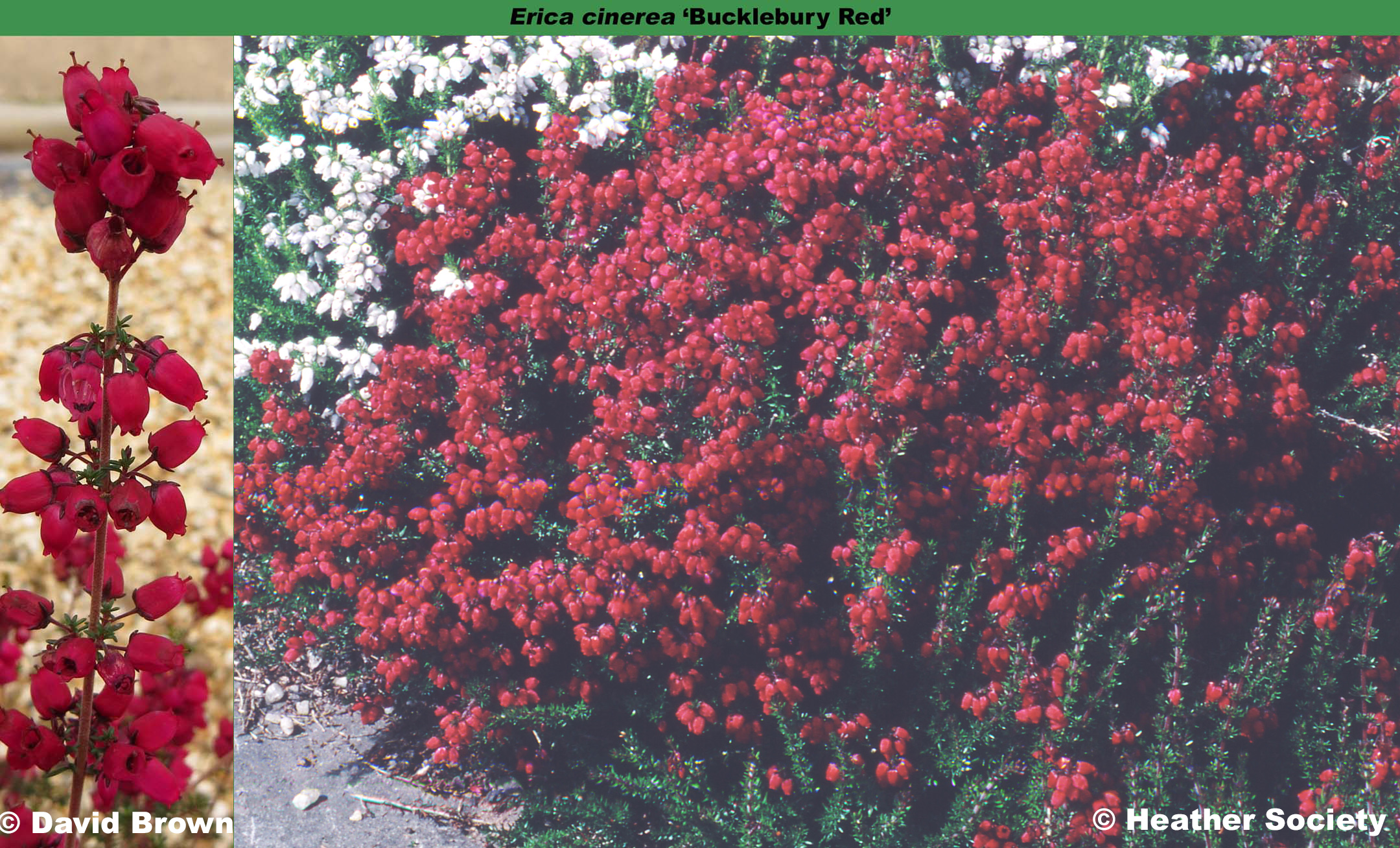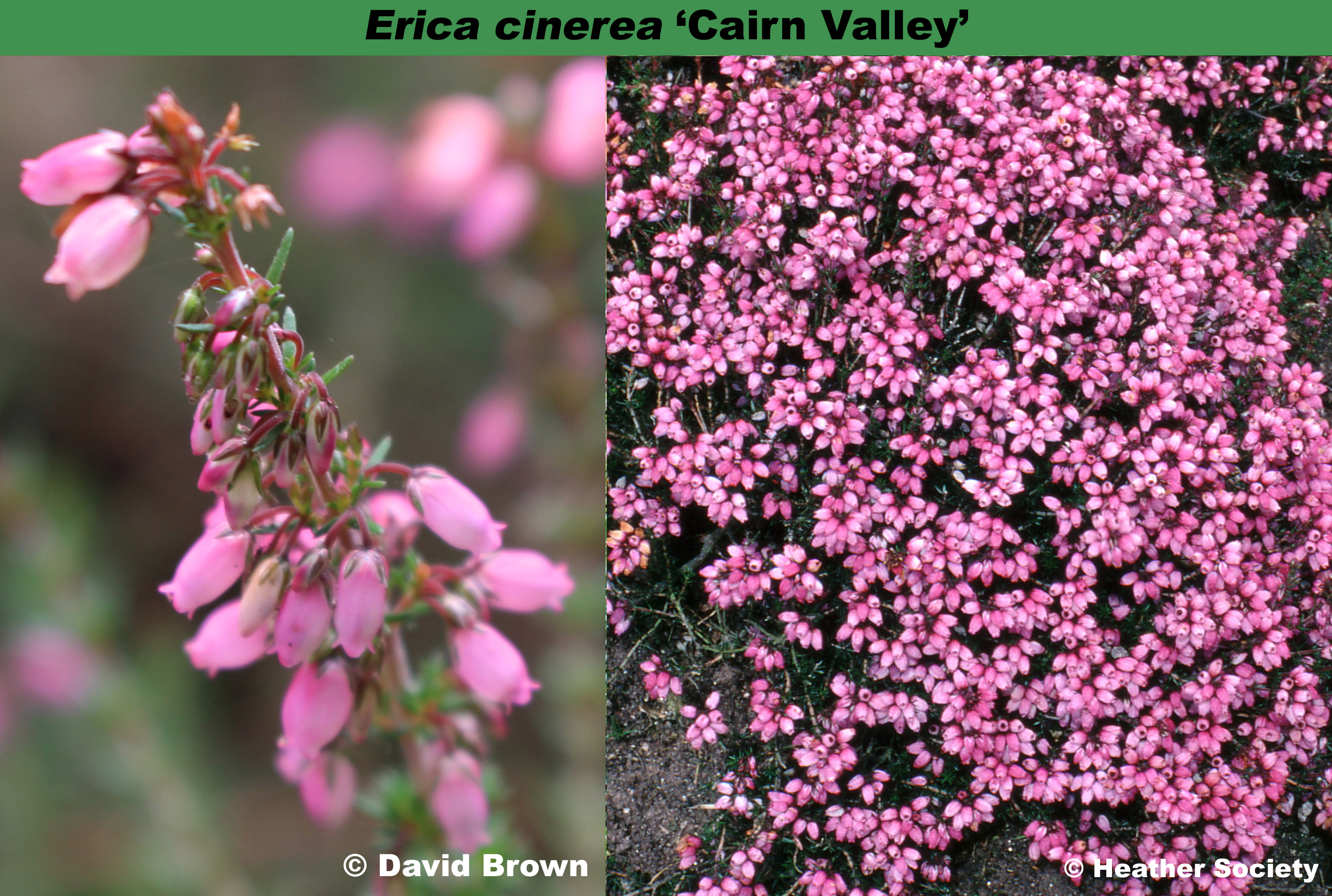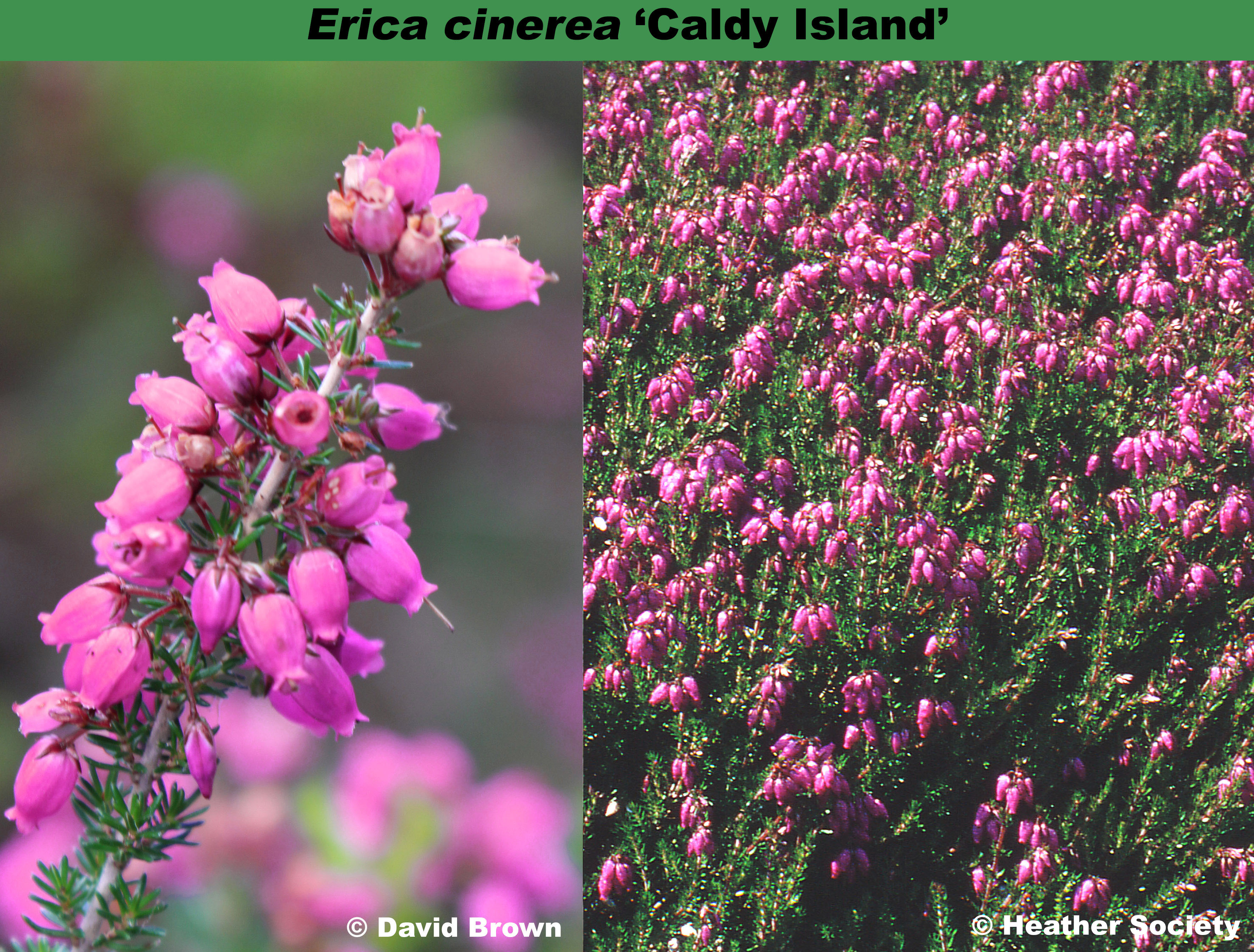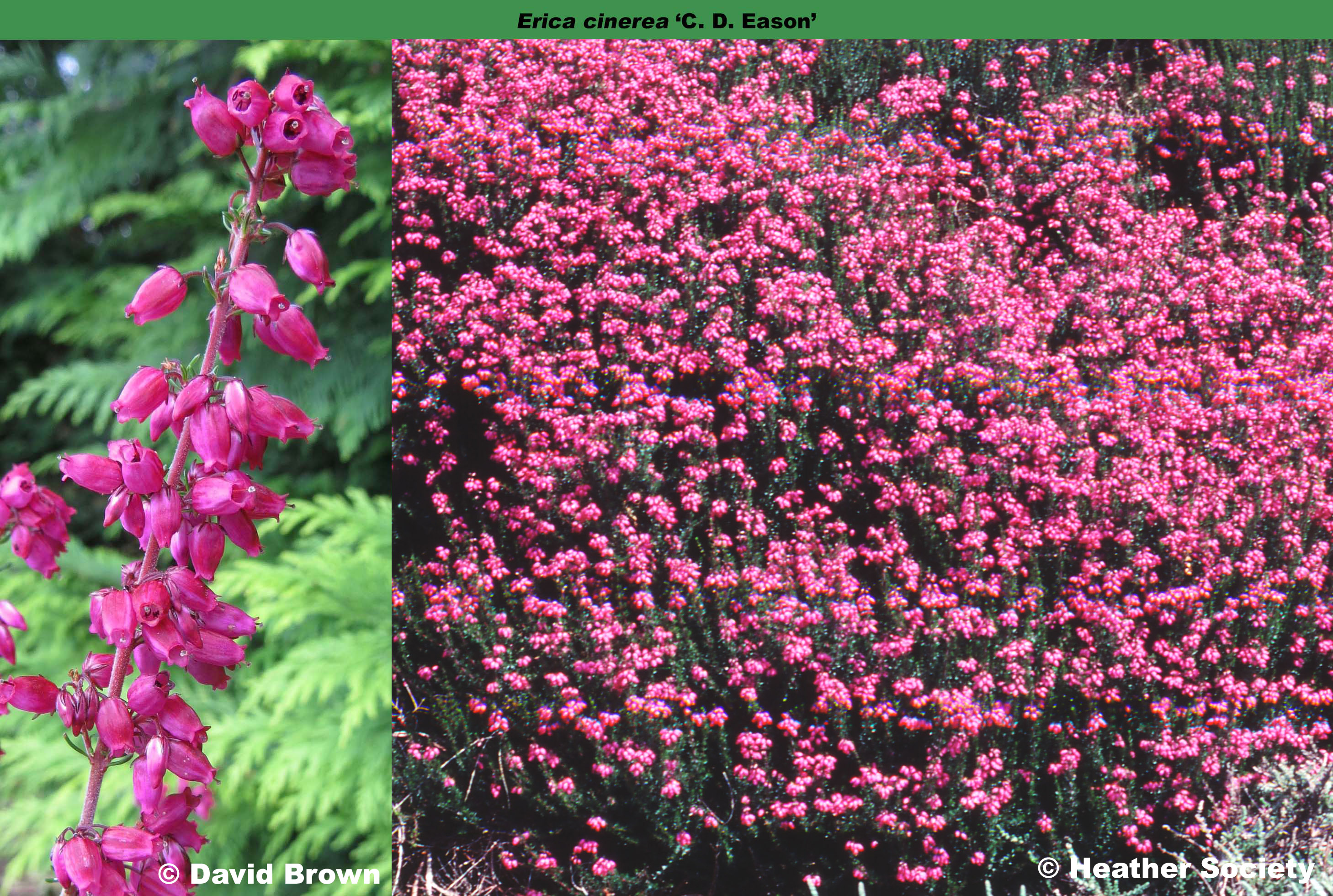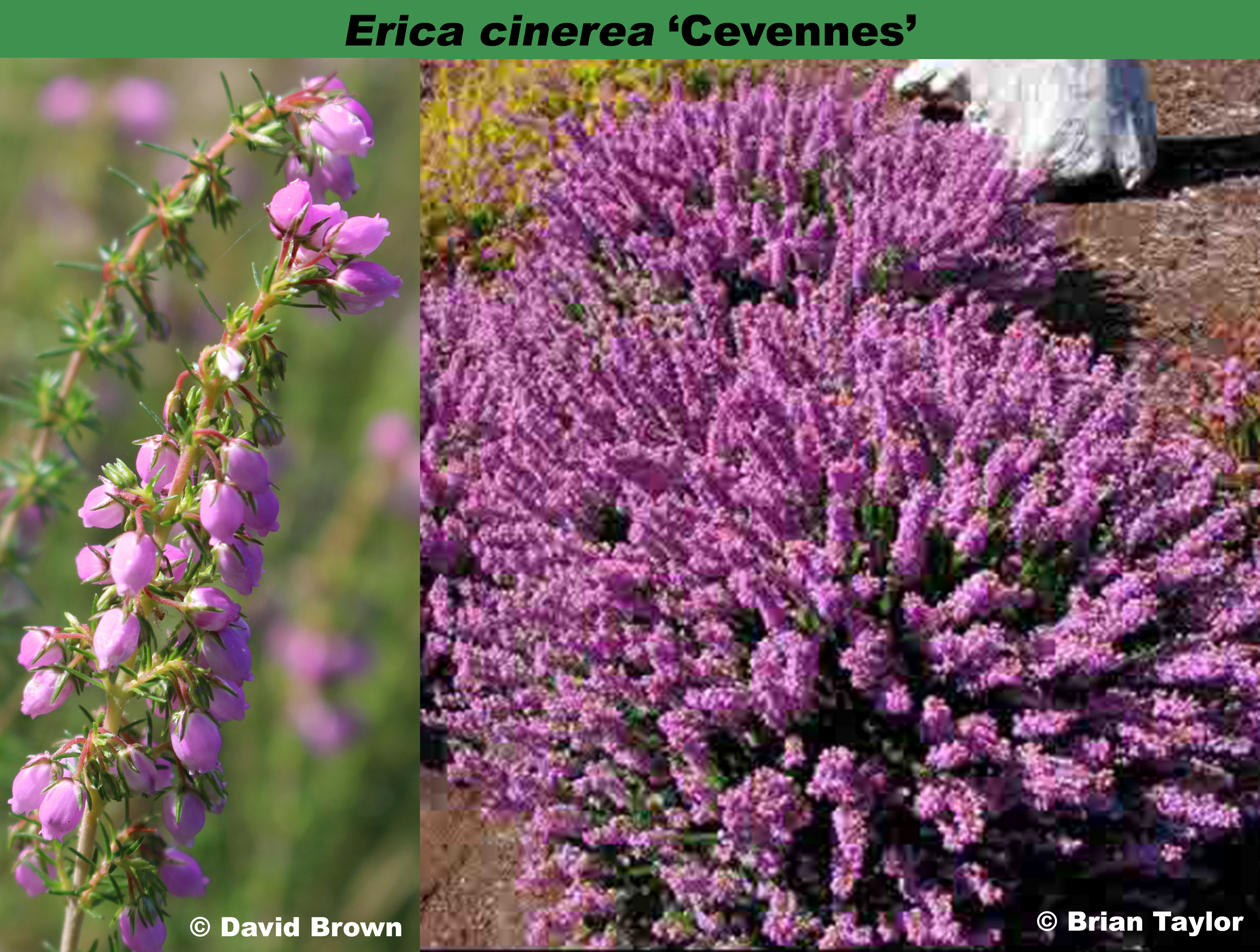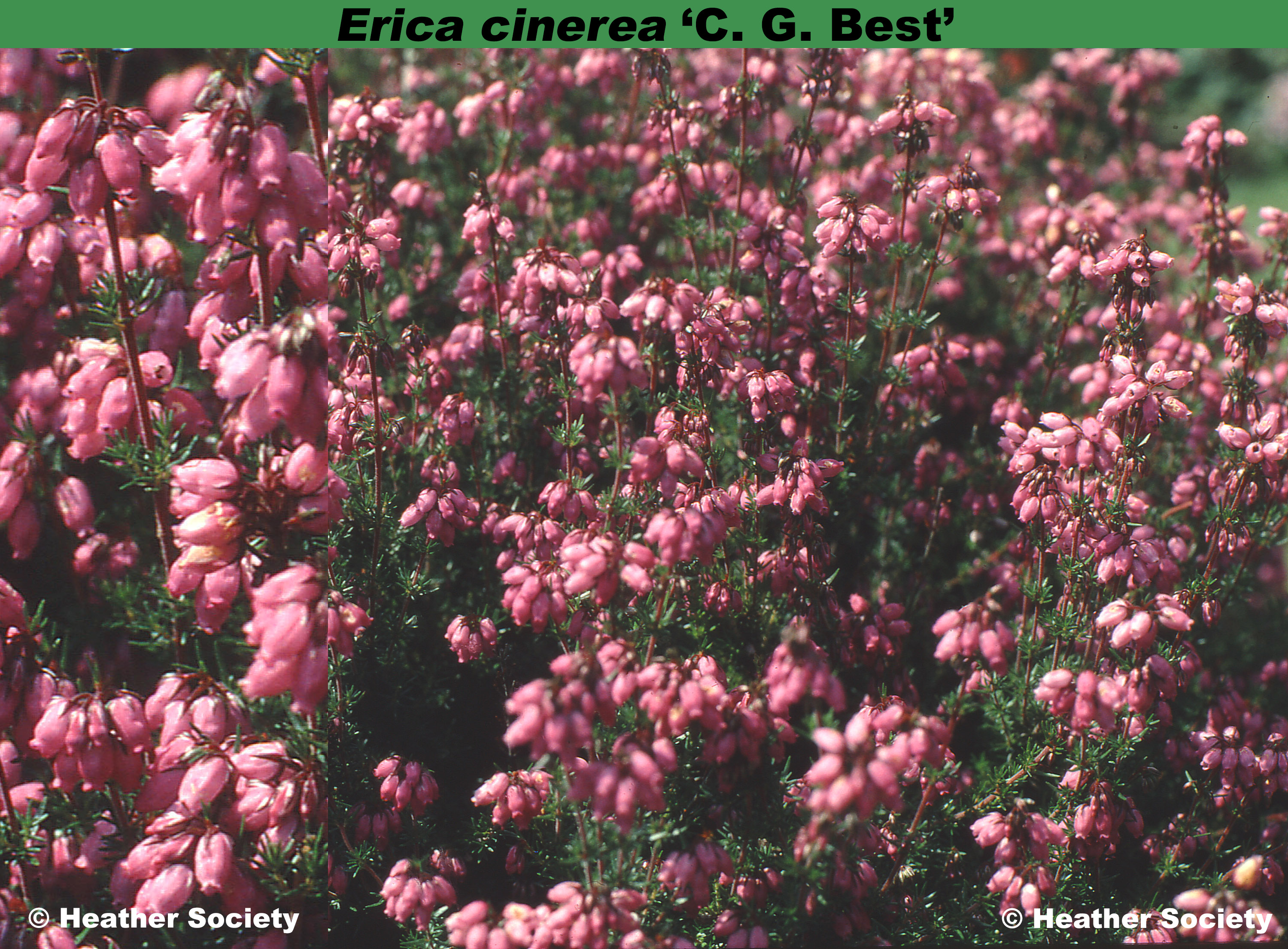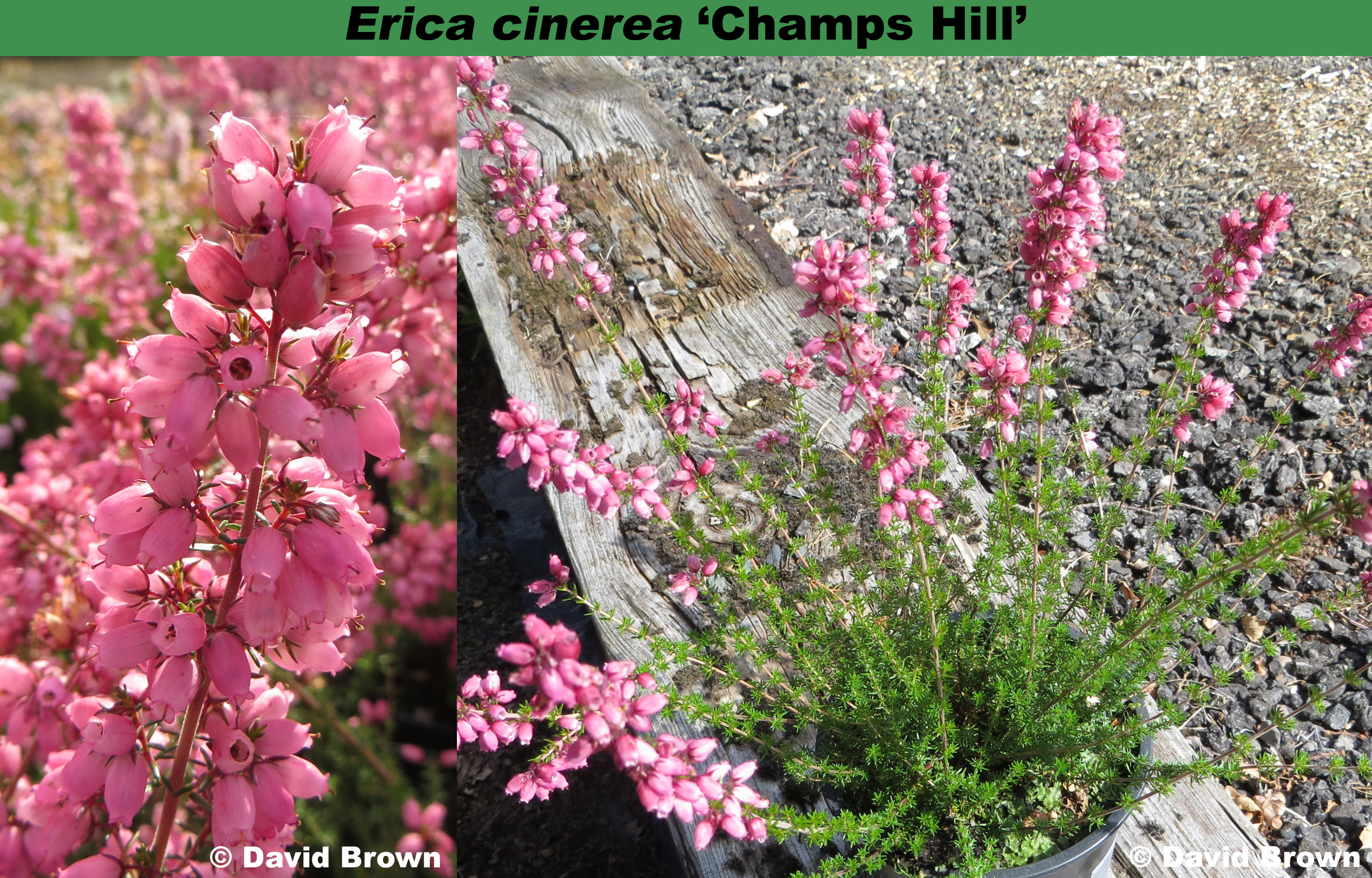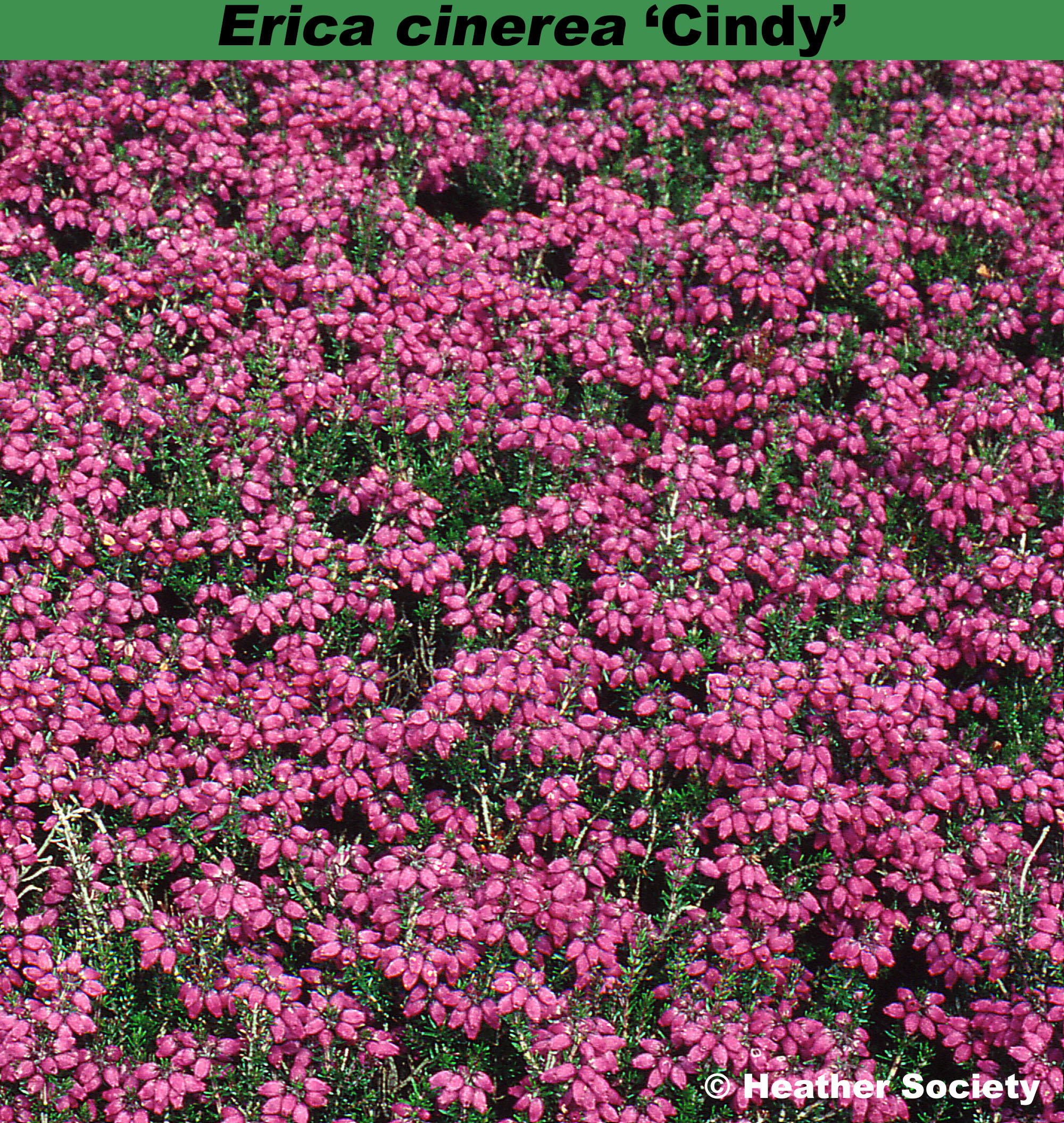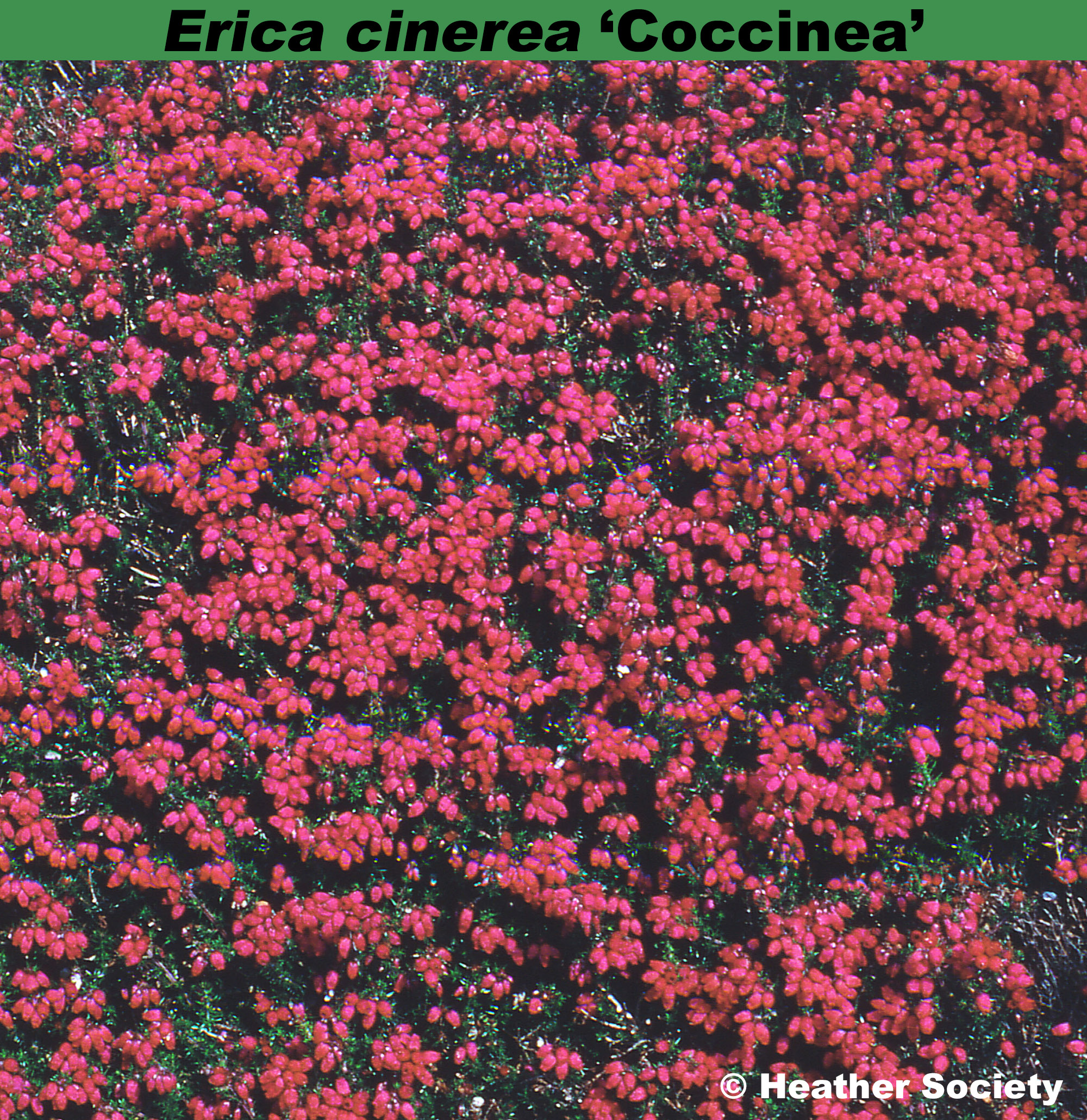Ruby (H5) flowers, VII–VIII, abundant; dark green foliage; upright but often weighed down by the flowers; height 10–15cm; spread 31–45cm. Well worth growing.
Wild-collected; found on Bucklebury Common near Newbury, Berkshire, England, by William R. A. Parsons (Wood Close, Upper Woolhampton, Berkshire); introduced by W. R. A. Parsons by 1977.
Named after a common near Newbury, Berkshire, where it was found.

